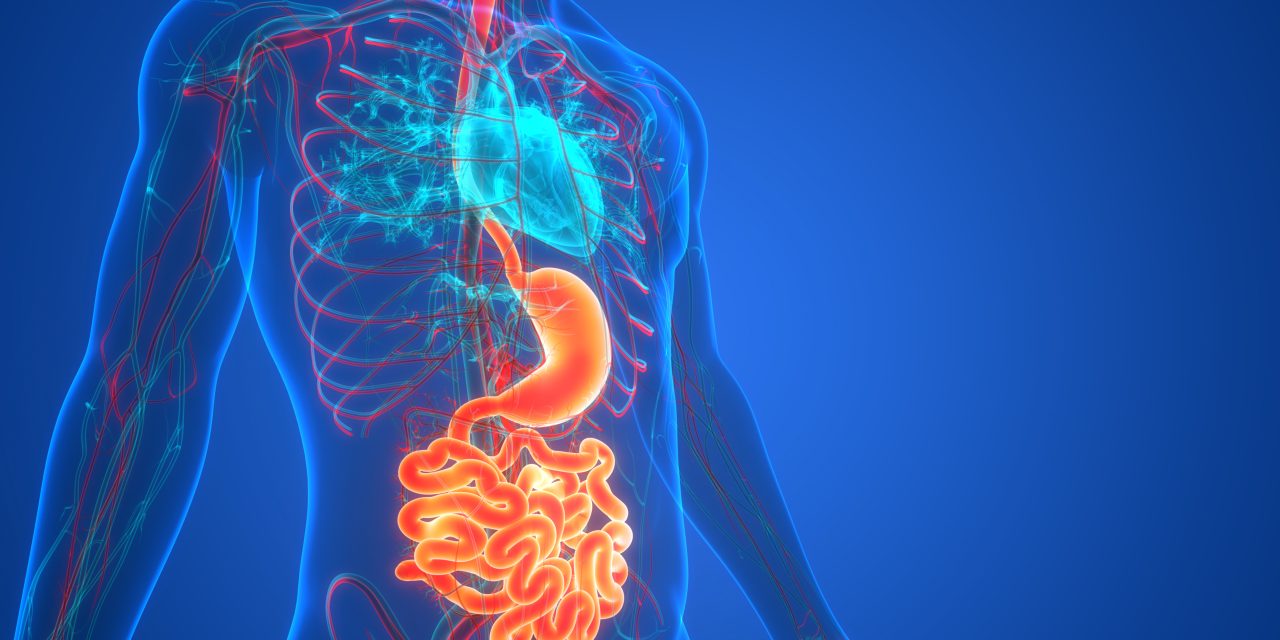The main purpose of this study was to analyze the characteristics of dyspepsia and contributing factors in Montenegrin maintenance hemodialysis patients.
The study included 43 patients undergoing hemodialysis with symptoms of dyspepsia and 40 control dyspeptic subjects with preserved kidney function. All subjects underwent an interview about dyspeptic symptoms, physical and biochemical examination, and upper gastrointestinal endoscopy with pathohistological analysis of biopsy specimens.
Early satiety, bloating and heartburn were the most common symptoms in hemodialysis patients but without significant difference in frequency in relation to controls. Chronic kidney disease patients had statistically lower concentration of total proteins and albumin (p < 0.001), as well lower BMI values (p = 0.002). Despite this, no significant correlation of laboratory parameters with dyspeptic symptoms was found. Pathohistological examination indicated that the most common finding in hemodialysis patients was chronic active gastritis (58%), while chronic atrophic gastritis was significantly more common in dialytic patients (p = 0.032). Patients on hemodialysis had more frequently atrophy of corpus mucosa, which was positively related to dialysis duration (p = 0.001) and negatively related to pH values (p = 0.004) and bicarbonate concentration (p = 0.049). Helicobacter pylori was considerably more common in patients who underwent shorter time on hemodialysis (p < 0.001) and had higher values of bicarbonate (p = 0.037).
Maintenance hemodialysis patients are at risk for chronic gastric diseases that correlated with both dialysis vintage and duration.
© 2021. The Author(s), under exclusive licence to Springer Nature B.V.
Dyspepsia in Montenegrin chronic kidney disease patients undergoing hemodialysis: endoscopic and histopathological features.


